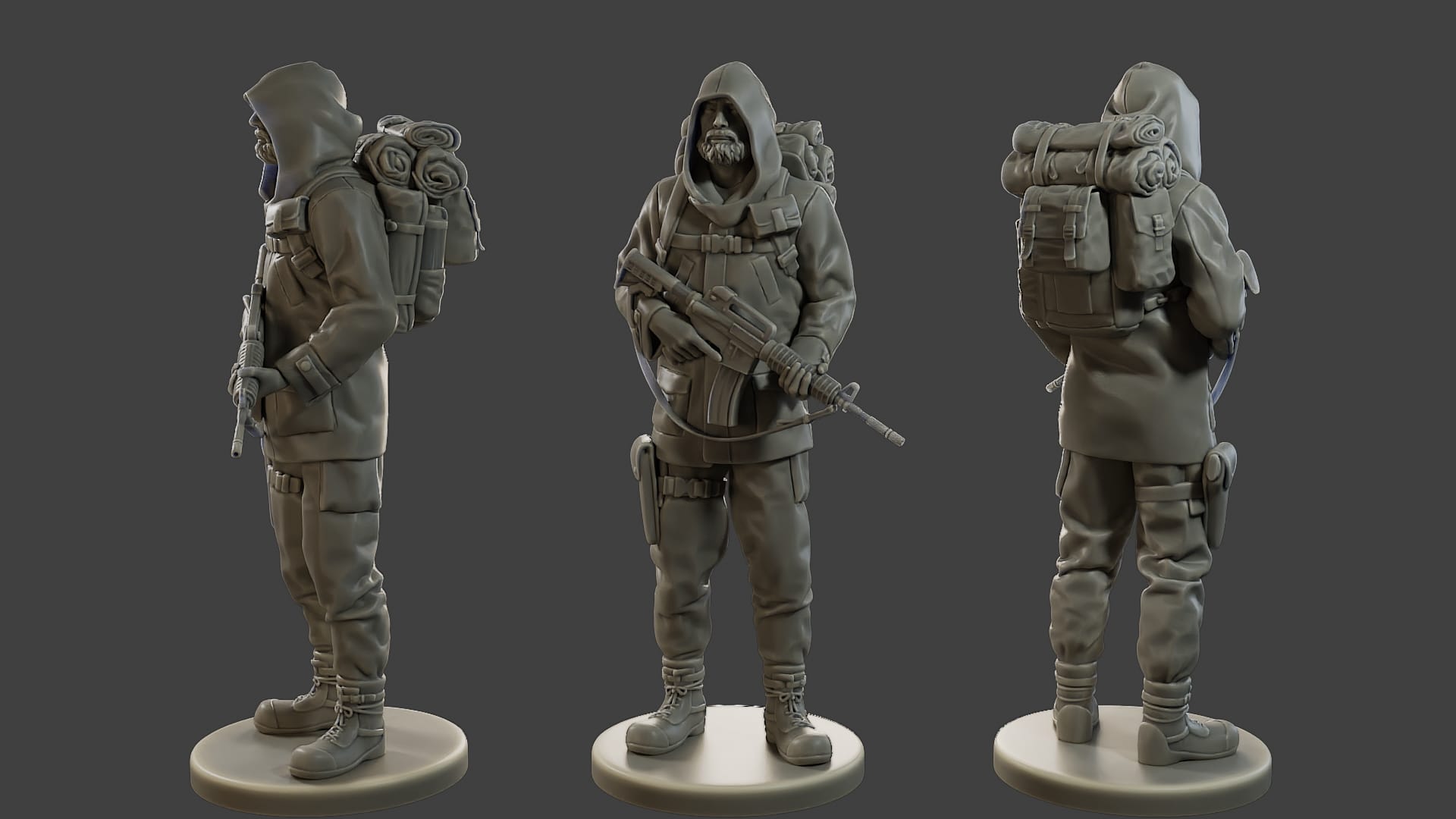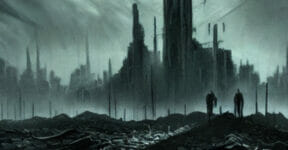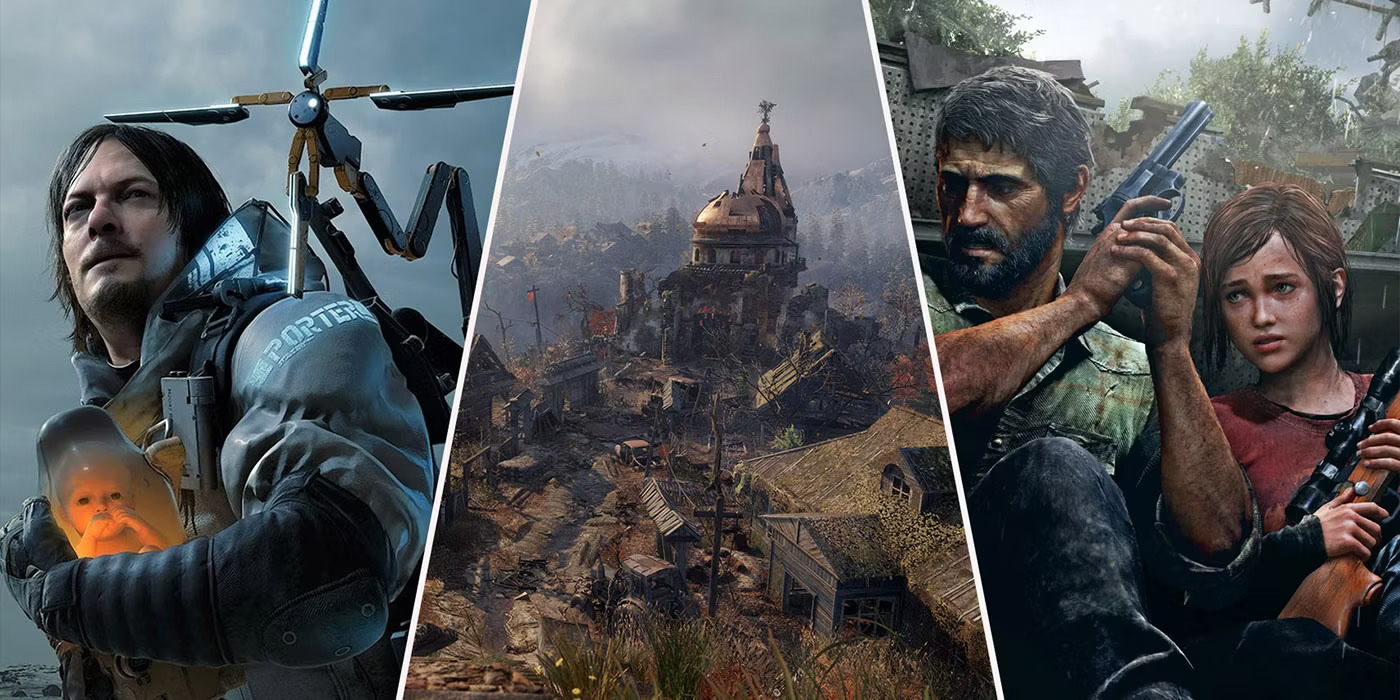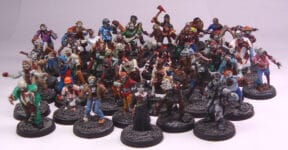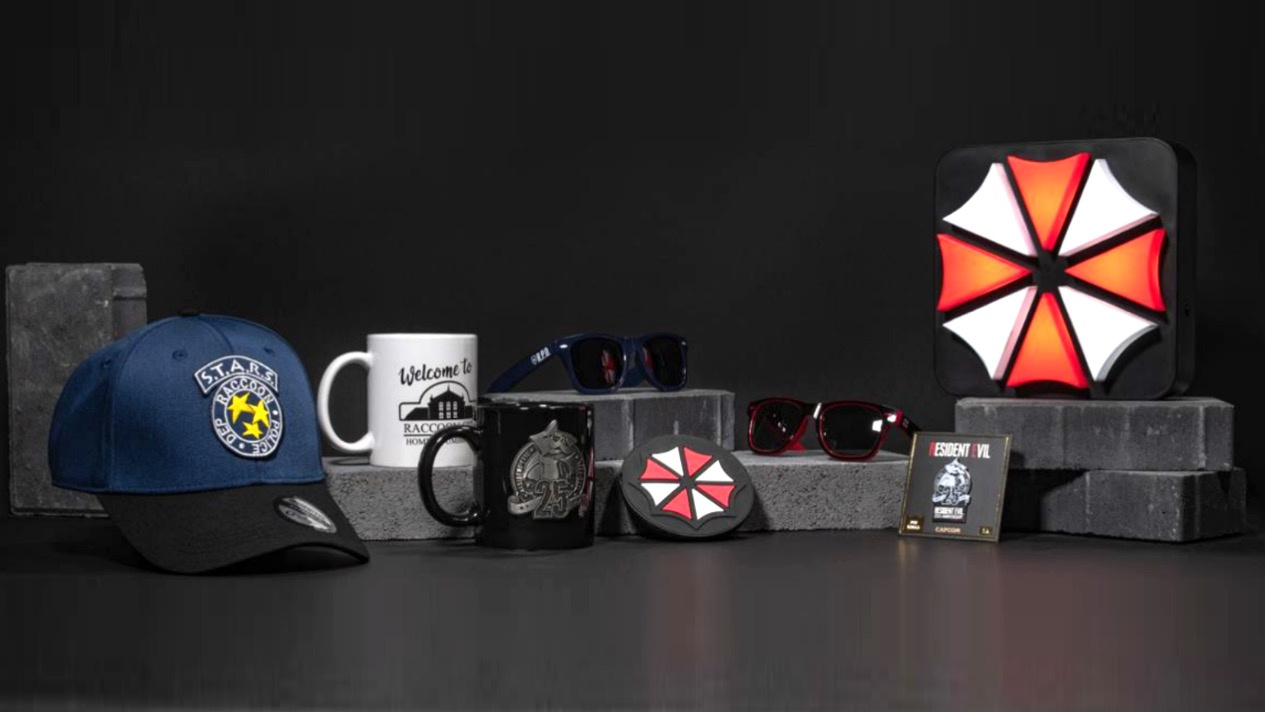In the shadowy corners of the internet where 3D printing enthusiasts and apocalyptic fiction fans converge, a fascinating trend has taken hold. It’s the creation of post-apocalyptic miniatures STL files, digital blueprints for 3D printable artifacts that embody our darkest fears and highest hopes for what might come after the end of the world as we know it.
These miniatures are more than just table top game pieces or collectors’ items; they are a form of storytelling, a way for artists to explore and express ideas about survival, resilience, decay, and rebirth. In this blog, we delve into the world of post-apocalyptic miniatures STL, exploring the intricacies of this art form, the community behind it, and how you can get involved.

The Appeal of the Apocalypse in Miniature
There’s something inherently compelling about the post-apocalyptic genre. From the desolate wastelands of ‘Mad Max’ to the zombie-infested cities of ‘The Walking Dead,’ these narratives force us to confront the impermanence of civilization and the resilience of humanity.
Translating these expansive ideas into the realm of miniatures requires an artist to distill vast concepts into small, tangible forms. A 3D printed miniature of a ruined skyscraper, a band of survivors, or a lone wanderer traversing a wasteland carries the weight of countless stories and possible futures.
Crafting a Miniature Wasteland
Creating post-apocalyptic miniatures begins with a concept. Artists draw inspiration from a variety of sources, including existing media, real-world events, and their imaginations. The design process is detailed and meticulous, as the artist must consider not only aesthetics but also the limitations and capabilities of 3D printing technology.
The artist then models their concept using 3D software. This digital sculpting process can take hours, days, or even weeks, depending on the complexity of the design. Every crack in a building, every rip in a survivor’s clothing, every rusted-out car must be carefully crafted within the software.
Once the design is complete, it’s exported as an STL file, a format compatible with most 3D printers. This file is what hobbyists and gamers will use to bring the miniature from the digital realm into the physical world.
Printing the End of Days
With an STL file in hand, the next step is printing. Users must consider the type of 3D printer they have access to, the material they’ll use (commonly plastic resins or filaments), and the settings that will yield the best results.
The printing process can be both exciting and nerve-wracking. As the printer’s nozzle (or laser, in the case of resin printers) traces the layers of the miniature, the object slowly takes shape. It’s a form of modern alchemy, turning digital gold into physical artifacts.
Painting and Customization
After printing, the miniatures often require cleaning and assembly. Then comes another deeply personal aspect of the hobby: painting. Artists and hobbyists use a variety of techniques to bring their miniatures to life, adding color, texture, and effects that enhance the sense of realism and depth.
Customization is also a key part of the process. Hobbyists might modify a miniature by combining parts from different STL files or sculpting new features. This level of personalization allows each miniature to tell its own story, reflective of the creator’s vision of the post-apocalypse.
The Community of Creators and Collectors
The community surrounding post-apocalyptic miniatures STL is as diverse as the genre itself. Online forums, social media groups, and crowdfunding platforms are abuzz with creators sharing their latest designs, printing tips, and painted masterpieces.
This community is also a marketplace. Artists sell their STL files, allowing others to print and customize the miniatures themselves. Some creators have found significant success through platforms like Kickstarter, where they fund entire lines of miniatures that explore different post-apocalyptic themes.
Getting Started with Post-Apocalyptic Miniatures STL
If you’re new to the world of 3D printed miniatures, getting started is easier than you might think. Numerous online platforms offer free and paid STL files, and 3D printers have become increasingly affordable and user-friendly.

Begin by exploring existing designs and familiarizing yourself with the printing process. As you gain confidence, you might try designing your own miniatures or modifying existing ones to create something unique.
The Future of Post-Apocalyptic Miniatures
As 3D printing technology advances, the potential for post-apocalyptic miniatures grows. Higher resolution printers allow for even more detailed and complex designs, and new materials offer different properties, such as flexibility or translucency.
The future might also see an increased blending of digital and physical gaming experiences, with augmented reality applications that bring miniatures to life before your eyes, adding yet another layer to the storytelling potential of these tiny artifacts.
Other things you might want to know:
What exactly are STL files and why are they important for 3D printing miniatures?
STL stands for Stereolithography, which is a file format native to the stereolithography CAD software. It’s used in 3D printing because it contains the information needed to print a three-dimensional object layer by layer. For miniatures, particularly those of the post-apocalyptic genre, STL files must capture intricate details to reflect the envisioned ruins and characters accurately. This precision is crucial for hobbyists who count on these files to produce high-quality, tangible pieces of their apocalyptic narratives.
How can one create their own post-apocalyptic miniatures STL files?
Creating your own STL files for post-apocalyptic miniatures requires learning 3D modeling. Software options range from beginner-friendly programs like Tinkercad to more complex ones such as Blender or ZBrush, which are favored by professional designers. The process involves sculpting your model in a virtual environment, ensuring details are precise and the scale is correct for printing. Once the model is complete, it’s exported as an STL file ready for 3D printing. It’s a skill that requires patience and practice, but there are numerous online tutorials to get you started.
Are there any legal considerations when creating or sharing post-apocalyptic miniatures STL files?
Yes, there are important legal considerations to keep in mind. Copyrights can protect artistic works, so when creating STL files, it’s essential to ensure that your designs are original and don’t infringe upon the intellectual property of others. If you’re inspired by existing media, make sure your work is sufficiently transformative or falls under fair use. When sharing files, be clear about the permissions you’re granting. If you’re selling STL files, you may want to implement a license agreement that specifies how buyers can use your designs.
Exploring the realm of post-apocalyptic miniatures STL files is a journey through a shattered yet fascinating landscape. It’s a testament to our collective imagination and our relentless pursuit of crafting worlds, even those on the brink of oblivion. Whether you’re a designer, a printer, or a painter, the apocalypse awaits your personal touch, and with each miniature, we reconstruct the narratives of what could be, one layer at a time.
Check out other articles by month:

